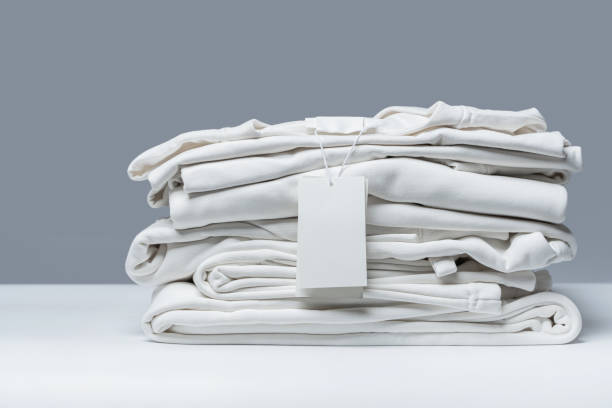
The Impact of Color in Fashion: Elevate Your Style and Mood
The power of color in fashion extends beyond mere aesthetics; it influences mood, expresses individuality, and shapes perceptions. Understanding how different hues affect us can transform our wardrobe choices and elevate our personal style. This article delves into various aspects of color in fashion, offering insights into why it matters and how to harness its potential.
The Psychological Impact of Color

Color psychology reveals that different hues evoke specific emotions and behaviors. For example, red is often associated with passion and energy, while blue can evoke a sense of calm and trust. When choosing attire, understanding these associations can help one make informed decisions that align with their desired emotional state or message. For instance, wearing yellow can induce feelings of happiness and optimism, making it perfect for casual outings. On the other hand, black signifies sophistication and power, ideal for formal events.
Color and Cultural Significance
Colors carry various meanings across different cultures, enriching their significance in fashion. In Western cultures, white is synonymous with purity and is typically worn at weddings. Conversely, in many Asian cultures, white is linked to mourning and funerals. Appreciating these cultural nuances allows for a more respectful and harmonious fashion sense, especially in global interactions. Designers often draw on these cultural significances to create collections that resonate on a deeper level, reflecting and respecting diverse traditions and heritage.
Personal Style and Color Preferences
Personal style is significantly influenced by individual color preferences. Some people naturally gravitate towards bright, bold colors, while others prefer neutral, understated tones. These preferences not only reflect personal taste but also influence how one is perceived by others. For instance, someone who wears vibrant colors might be seen as more outgoing and adventurous. On the other hand, a wardrobe dominated by neutral shades can project a calm, professional demeanor. Understanding your color preferences can help you curate a wardrobe that authentically represents your personality.
How to Incorporate Color into Your Wardrobe
Successfully incorporating color into your wardrobe involves a blend of experimentation and understanding basic color theory. Here are some tips:
- Start with a neutral base: Begin with clothing items in neutral colors (black, white, grey, beige) and add pops of color through accessories.
- Build a color palette: Choose a few complementary colors that suit your skin tone and mix and match within this palette.
- Test with small items: Begin experimenting with color by adding small, colorful items like scarves, jewelry, or shoes.
- Seasonal considerations: Use lighter, brighter colors in the summer and darker, richer hues in the winter.
- Balance: Don’t overload an outfit with too many colors; aim for a balanced look.
Color Trends in Fashion Industry
The fashion industry constantly evolves, with color trends reflecting broader societal changes and moods. Trend forecasting services and runway shows often highlight upcoming color palettes, indicating which hues will dominate the season. For instance, Pantone’s Color of the Year can significantly influence retail choices and consumer purchases. Staying updated with these trends can help fashion enthusiasts and professionals alike stay relevant and stylish. However, it’s essential to balance trend-following with personal style to maintain authenticity and comfort.
Conclusion
Colors wield significant power in fashion, transcending mere visual appeal to influence emotions, convey cultural messages, and express personal style. By understanding the psychological and cultural impacts of color, while also keeping an eye on current trends, individuals can make more informed wardrobe choices. Embrace the power of color and let it transform not just your fashion sense, but also the way you feel and are perceived by others.
FAQs
What color should I wear to make a bold impression?
Wearing red is an excellent choice for making a bold impression. It is a color that signifies passion, energy, and confidence.
How do I know which colors suit my skin tone?
To find colors that suit your skin tone, identify whether you have a warm, cool, or neutral undertone. Warm tones look great in earthy colors and gold, while cool tones suit jewel tones and silver. Neutral tones can wear a mix of both.
Can colors really affect my mood?
Yes, colors can affect mood. For example, blue can promote calmness and relaxation, while yellow can uplift and energize.
Are color trends important to follow?
While following color trends can keep your wardrobe updated and stylish, it’s more important to choose colors that reflect your personal style and comfort.
How can I start incorporating more color into my wardrobe?
Begin by adding small, colorful items like accessories to your neutral outfits. Gradually experiment with bolder pieces as you grow more comfortable with incorporating color.